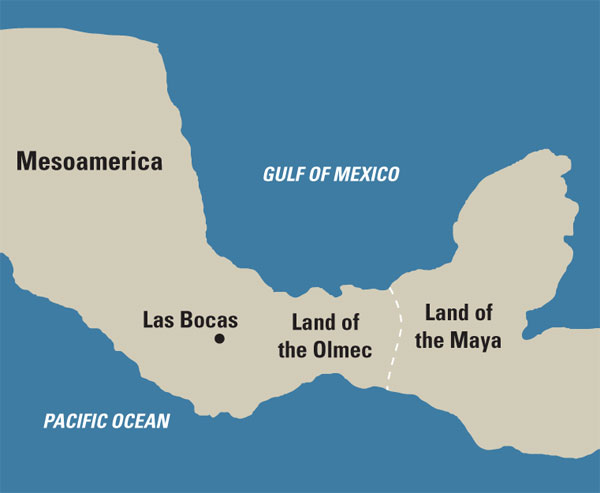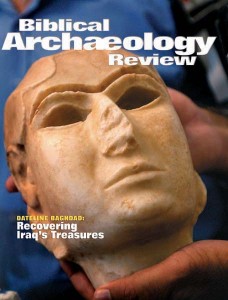

Sitting upright with his fist to his mouth, this chubby Mesoamerican clay “baby” figurine is over a foot tall. It dates to approximately the 12th-9th century B.C. and is, surprisingly, hollow. The headpiece (or hairdo) is elaborately decorated and colored pink with cinnabar and red ochre. It is thought to have come from the ancient outpost of Las Bocas (the mouths) in what is now the modern state of Puebla, Mexico.
“Baby” figurines were a popular motif in the culture of the Olmec, considered by many scholars to be the oldest Mesoamerican civilization, flourishing in the early-formative period (1500–900 B.C.) of pre-Columbian Mesoamerica. The meaning and purpose of the figurines are unclear. The debate ranges from hypotheses that the “baby” represents the Olmec’s first ancestors or their future rulers, to the possibility that they are a representation of infant sacrifice.
The fact that the name Olmec is taken from the Aztec language, Nahuatl, shows that their legacy remained even though by the time of the Aztec (900–1521 A.D.) the Olmec had disappeared. The name means “rubber people,” and they are so called because of their production of rubber balls for elaborate ball games they played. Their influence throughout Mesoamerica has lead scholars to give them the moniker, the “Mother Culture” to its successors—Zapotec, Teotihuacán, Toltec, the Maya, and the Aztec.
Already a library member? Log in here.
Institution user? Log in with your IP address.

